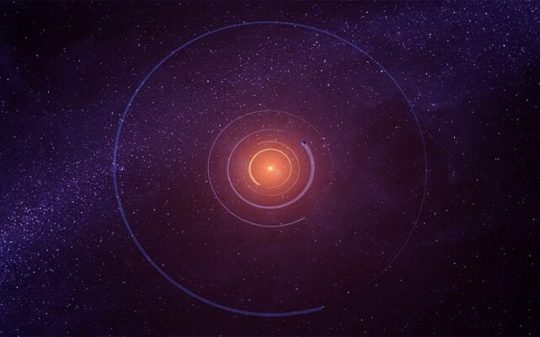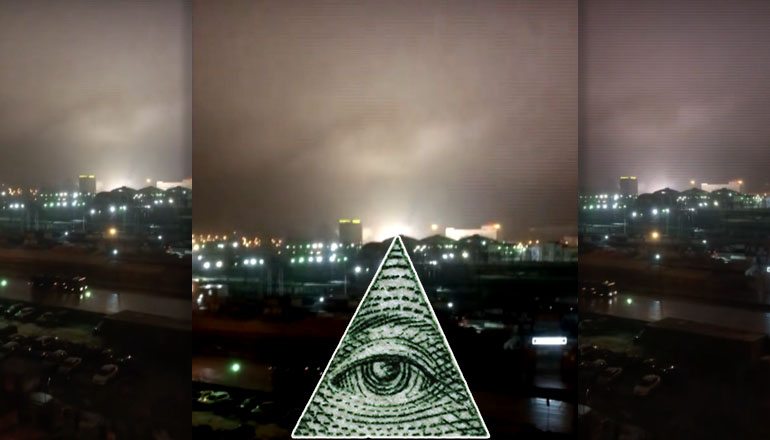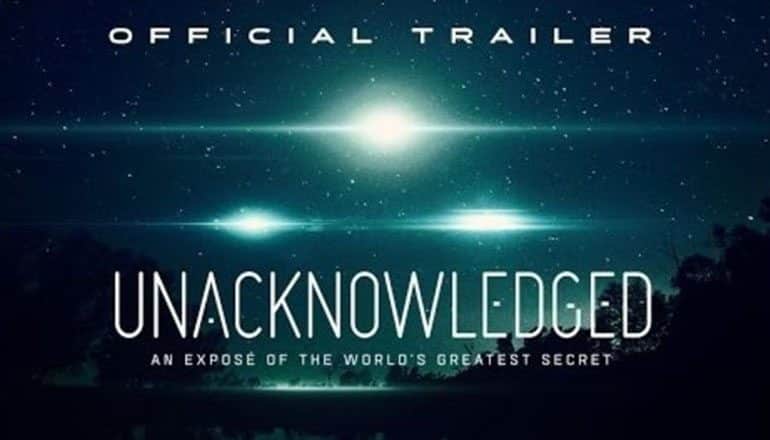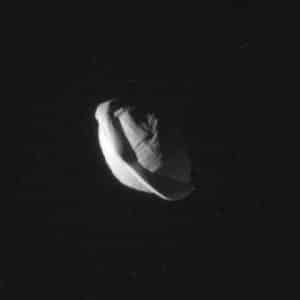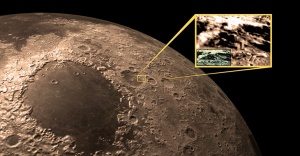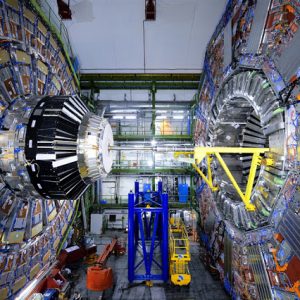Numerous bursts of radio waves were picked up by astronomers recently, all of them originating from the same place far beyond our Milky Way Galaxy. This wouldn’t come as a surprise unless it were the first intercepted signal to repeat itself, indicating that a powerful source in the universe is generating it.
Now, the first idea coming to our minds is related to aliens, but scientists tried to debunk this hypothesis in the lack of further evidence and instead, they chose a more ‘rational’ explanation: the collision between two neutron stars. However, the latest radio burst came as a game changer, as the waves appear to repeat, indicating that whatever is causing this is not being consumed in the impacting process, and it keeps sending these mysterious signals. According to Shami Chatterjee, senior researcher at Cornell, the FRB detected this year did not have an explosive origin.
So, either there’s an odd coincidence, or maybe there are different types of FRBs. Either way, it seems we’ve broken this enigmatic phenomenon wide open, Chatterjee stated.
These fast radio bursts, or FRBs, were considered an isolated phenomenon until recently, as researchers detected 17 others over the years since 2007, and they were all described as brief radio waves in the sky that only lasted for milliseconds. It became puzzling only last year, when ten blasts originating from the same spot were discovered by Paul Scholz from McGill University in Canada.
After he closely investigated the data collected by the Arceibo radio telescope in Puerto Rico, he stumbled upon some peculiar patterns: six FRBs received within 10 minutes of each other, and other four that were more dissipated in time. All of them originated from the same location.
I knew immediately that the discovery would be extremely important in the study of FRBs, Scholz said.
Although astronomers know these radio signals are coming from distant places in the cosmos, they are having difficulties determining the exact location. The recent discovery of the continuous FRBs, published in Nature last week, was tracked to a galaxy 6 billion light years away from Earth, but the data wasn’t conclusive enough for scientists to determine the exact spot from where it emanated.
Knowing that some of the FRBs detected so far repeat their blasting waves, scientists are now trying to shed light into this matter and find the exact emanating source, and are also classifying them into different categories. Cornell professor James Cordes believes that the event is not necessarily caused by a massive cosmic explosion, but neutron stars may still be the cause in his opinion.
We’re detecting these FRBs from very far away, which means that they are intrinsically very bright. Only a few astrophysical sources can produce bursts like this, and we think they are most likely neutron stars in other galaxies, Cordes stated.
On the other hand, Laura Spitler, a researcher from the Max Planck Institute for radio Astronomy in Germany appeared more enthusiastic of the recent discovery.
Not only did these bursts repeat, but their brightness and spectra also differ from those of other FRBs, she said.
Although scientists won’t directly admit to an alien-source hypothesis, it’s likely that this new type of FRB is generated by a source other than what scientists have speculated so far. The possibility of a spinning young neutron star or even two stars colliding seem a bit far off, considering that only a few weeks ago, the scientific community was about to conclude about the FRBs once and for all, but now they have a brand new type of FRB signal. If this arrived as a coincidence or rather as a sign, we are yet to find out, but bear in mind that everything happens for a reason.
